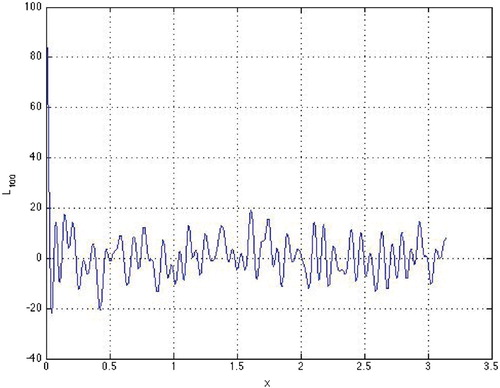Figures & data
Figure 2. TPs (M=3,
,
,
) with
,
;
(o) has 7 zeros located together with 7 zeros of
(*) between pairs of neighboring zeros of
.
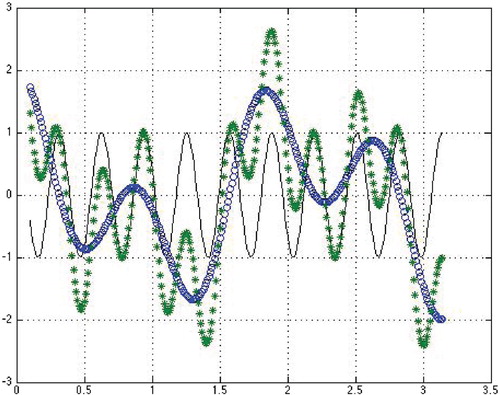
Figure 3. TPs (lower curve with greater number of oscillations) with
,
(upper curve with greater number of oscillations), and
,
; zeros of TPs alternate and
and
have each 11 zeros located between pairs of neighboring zeros of
.
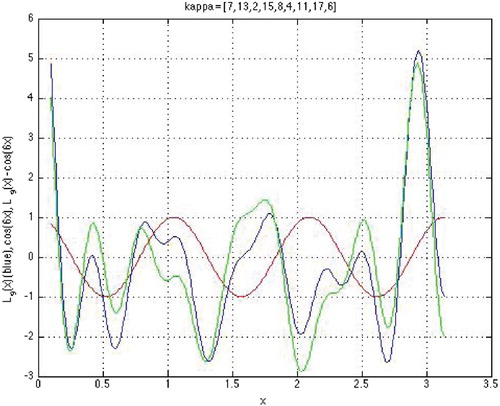
Figure 4. CPs with
,
;
(o) has 4 zeros located together with 6 zeros of
(*) between pairs of neighboring zeros of
.
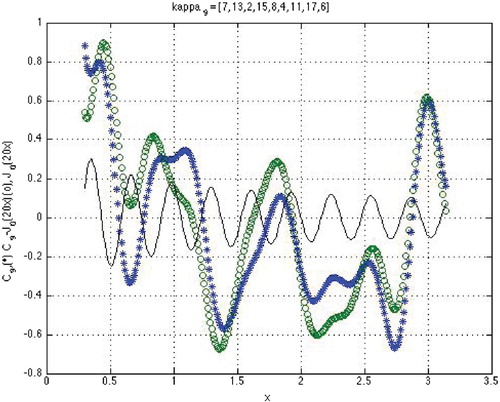
Figure 5. Zeros of a GCP (curve with highest oscillation) given by (Equation21
(21)
(21) ) situated between neighboring zeros of
(curve with a negative starting value) and
(curve with a positive starting value).
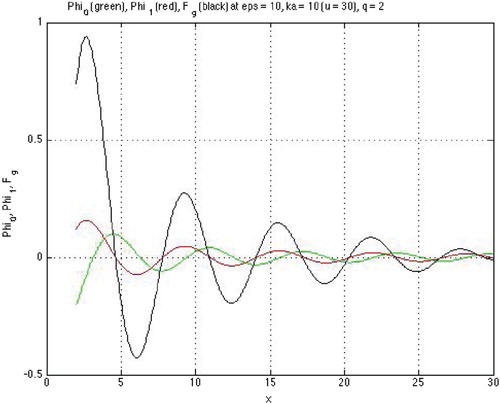
Figure 6. Example for a GCP in DE (Equation20
(20)
(20) ): plots of
(upper curve with no oscillations),
(lower curve with no oscillations), and
(curve with one oscillations) at
and
(
) displaying a zero of
between neighboring zeros of
and neighboring zeros of
and
.


